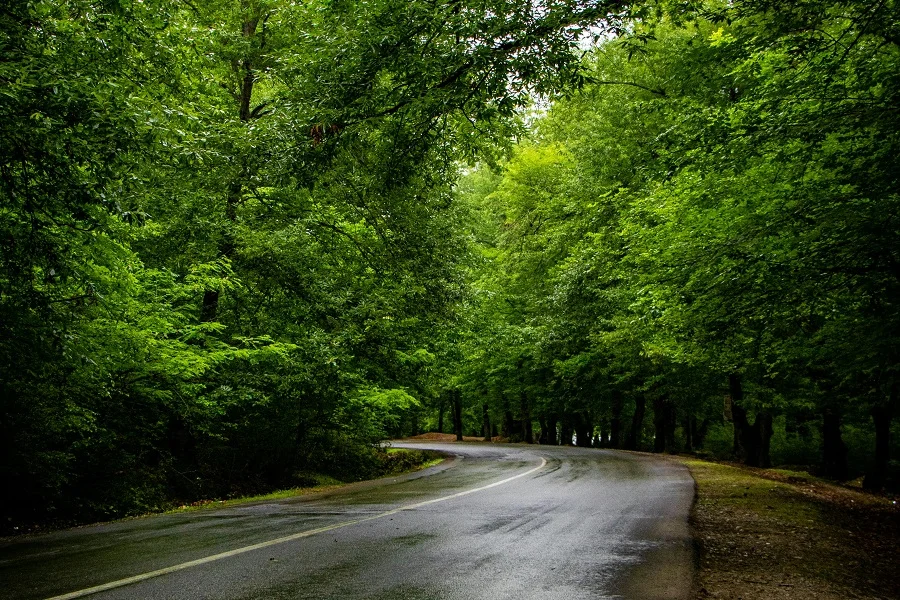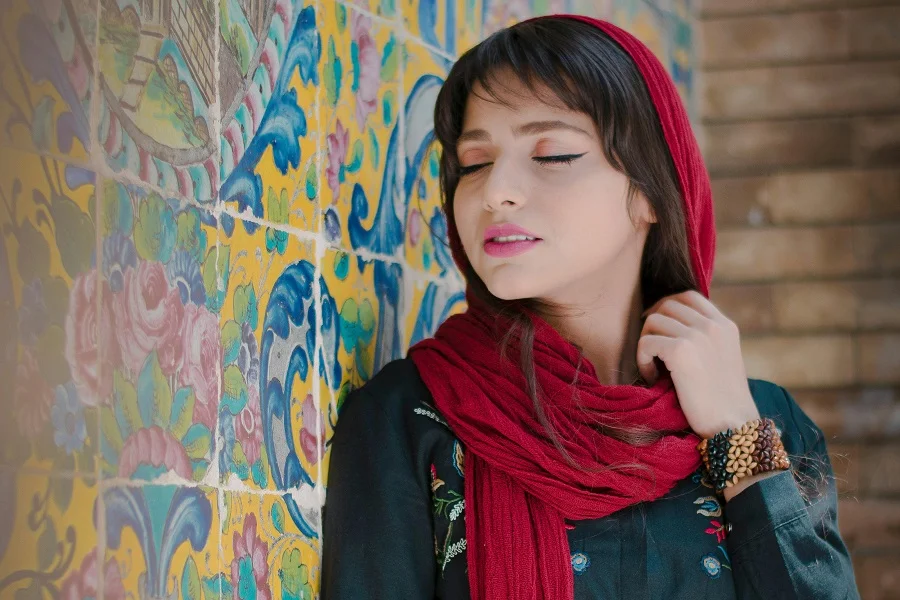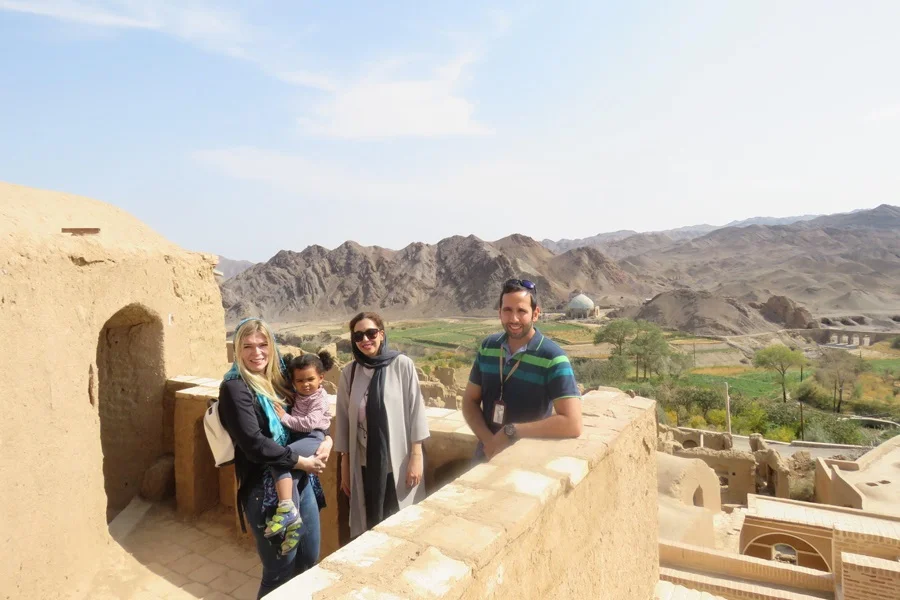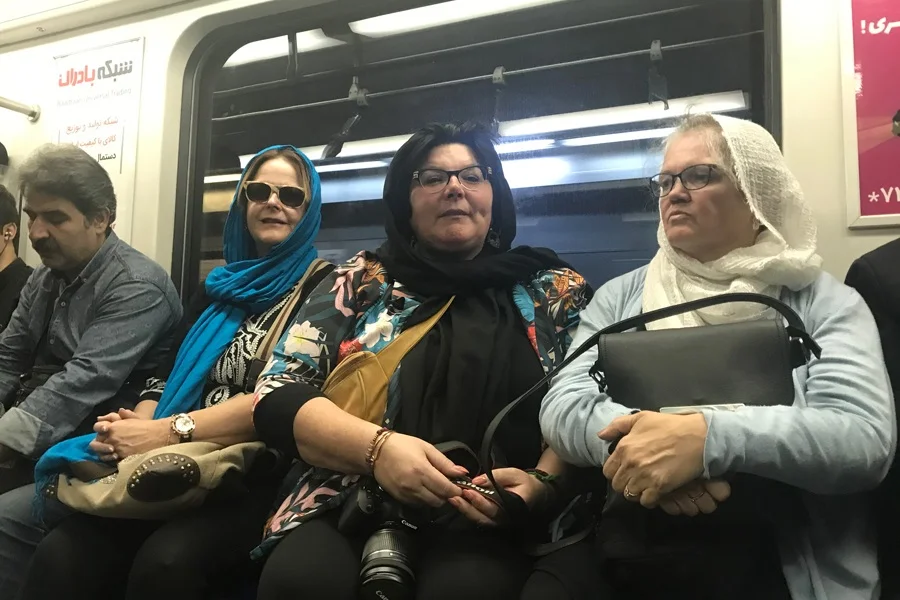
Iran Beyond the Misconceptions
Iran is often misunderstood, with many imagining it as a harsh desert or an outdated land. In reality, Iran is a vibrant country full of culture, history, and natural beauty. It’s a place where modern cities thrive alongside ancient landmarks, and the people are known for their warmth and hospitality. Visitors quickly realize that Iran’s true story is far richer and more surprising than the stereotypes suggest.
Expectation: Iran is a vast desert with scorching temperatures year-round.
Reality: Iran is a land of four distinct seasons, with landscapes ranging from snow-capped mountains to lush, green forests, offering diverse climates throughout the year.
Many people are surprised to learn that it snows in parts of Iran. Just recently, heavy snowfall blanketed the northwestern regions, including Tehran, causing flight cancellations and disruptions for days. By March, spring begins to unfold its beauty, and many say it’s the most stunning time of year, especially in the city of Shiraz. Yes, Iran truly experiences all four seasons! Given its vast size, one part of the country can be freezing cold while another is scorching hot.
Iran’s landscapes are just as diverse. There are towering mountains, lush rainforests, expansive deserts, tranquil lakes, and seas. You can start your journey on the shores of the Caspian Sea, hike the hills of the Alamut Valley, climb Mount Damavand, explore the remote wilderness of the Lut Desert, and even watch dolphins in the Persian Gulf—all in one incredible country.

Expectation: All Iranian women are covered head-to-toe in black burkas.
Reality: Stylish women are everywhere, often pushing fashion boundaries with colorful outfits and creative styles.
Some people think women in Iran wear burkas, covering everything except their eyes when in public. This isn’t true. While it’s compulsory to wear a headscarf in Iran, even for travelers, many women choose their own styles. Some prefer the chador, a full-body cloak without buttons, but others embrace colorful and modern clothing, showing a variety of fashion choices across the country.
At the same time, it’s common to see fashionable women in Iran, especially in less conservative cities like Tehran and Shiraz. Trendy manteaus paired with loosely worn hijabs that let hair spill out are a common sight. Add to that dyed blonde hair, perfectly manicured nails, high heels, and even the nose tapes proudly showing off recent nose jobs. Many women push the boundaries of the dress code with creativity and style. However, there’s also a serious side to this: recent protests in Tehran saw women publicly removing their hijabs to show their discontent with the compulsory dress code. Unfortunately, many of them were arrested for their actions.

Expectation: Most people in Iran are deeply religious Muslims.
Reality: While the government enforces strict religion-related laws, not everyone fully embraces them, and many live with more moderate or even secular views.
Many people assume that Iranians are deeply religious Muslims who strictly follow Islamic laws. While religion does play a significant role in Iran’s culture and history, the reality is more nuanced. The government enforces religion-related laws, such as mandatory hijab and limitations on certain activities, but these do not necessarily reflect the personal beliefs of every individual.
In fact, many Iranians interpret and practice their faith in diverse ways. Some are deeply devout, while others adopt a more moderate approach, blending tradition with modernity. You’ll also find a growing number of people with secular views who don’t strictly adhere to religious practices.
In cities like Tehran, Shiraz, and Isfahan, this diversity is especially visible. You might see people participating in religious rituals alongside those who quietly challenge these norms in their daily lives. This duality reflects the complex and vibrant culture of Iran, where individuality often shines through despite government-imposed restrictions.
Expectation: Iran is a dangerous place full of terrorists.
Reality: Iranians are some of the most hospitable, welcoming, and kind-hearted people you’ll ever meet.
Many travelers who visit Iran often share the same surprise when they return home. They mention how they’ve been warned about safety concerns, with people suggesting that Iran is full of danger and terrorism. While these views may come from a place of ignorance or past media portrayals, the truth is quite different.
From the perspective of countless travelers, Iran is incredibly safe. Despite the Iranian government’s controversial actions abroad, the country itself is largely free from terrorist attacks, especially ones targeting tourists. Visitors often describe their experiences with warmth and hospitality, finding families enjoying picnics, young people hanging out in cafes, and retirees exercising in parks. Iran’s reality is one of peaceful daily life, offering far more than the fear and conflict that many outside the country might expect.
The only kind of “terror” you might experience in Iran is the kind that comes with being unexpectedly spoiled by locals. Imagine being “kidnapped” for a lavish family dinner (with plenty of extended relatives) and then being overwhelmed by the amount of food they keep piling onto your plate, leaving you with a serious case of indigestion! Or you could find yourself being taken around the city by a stranger who insists on paying for everything—taxis, meals, entrance fees—without expecting anything in return. These are the types of experiences travelers rave about, highlighting the overwhelming kindness and generosity of Iranians.

Expectation: Iran is difficult for travelers to explore.
Reality: Traveling in Iran is an absolute breeze, with friendly locals, affordable transportation, and a wealth of incredible destinations to discover.
Traveling in Iran is surprisingly easy, and this is a fact many travelers can vouch for. Navigation is quite easy in Iran. Bus connections between cities are plentiful—just show up at a terminal, and a local will quickly point you in the right direction. Taxis are readily available outside bus stations and airports, and there’s even an app called Snapp (similar to Grab or Uber) that lets you get around the city affordably and without any hassle. In the more tourist-friendly cities, you’ll find a wide variety of accommodation options, from hotels to hostels and guesthouses. Most importantly, the locals go out of their way to help tourists, making you feel like a true guest in their country.
There are a few things to keep in mind when traveling in Iran. The country has high web censorship, so a VPN is necessary to access websites like Facebook and Twitter. Most accommodations are not listed on global hotel booking sites, so it’s recommended to book directly through the hotel’s website, email, or WhatsApp. While the official currency is the Rial, locals will usually quote prices in Toman, so it’s important to confirm the exchange rate. For more tips, check out the Ultimate Iran travel guide.

Conclusion: Iran – A Country Full of Surprises
What you will love about Iran is how much it surprises you. The reality is so different from what many expect. A trip to Iran will challenge the misconceptions you might hold about other countries or cultures and will make you think twice about what you read in the media. Beyond that, Iran’s incredible hospitality will truly warm your heart. When you return home, you’ll find yourself enthusiastically sharing stories about a country that’s far more welcoming, diverse, and beautiful than most people realize.


I was lucky enough to travel to Iran in 2023, enjoying it so much I’ve booked to return. It is a country of stunning landscapes, genuinely welcoming people and packed with history.
It is utterly unspoiled, no hordes of bustling tourists; take the opportunity to visit before it’s discovered by the rest of the world!
Hello Dear Annella,
We are so glad that you chose us and our services and we are so looking forward to seeing you in Iran again.
You are absolutely right! 👍🏻
Agree! Iran is a beautiful country with warm people